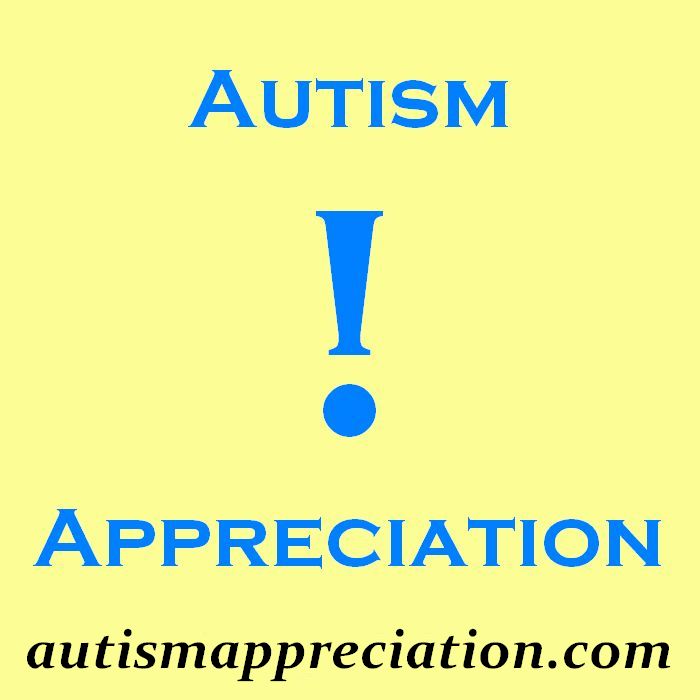
Read more on
|
Tweet
|
So what would be the ideal learning environment for autistic children?
Autistic children should be taught in separate classes exclusively by autistic teachers since only an autistic person can fully relate to another autistic person. However, these classes should be open to other children as well because some non-autistic children may also benefit from a heuristic education system that is not designed to enforce conformity and compliance and preserve the status quo. The classes should be operated within mainstream schools to avoid isolation and get the children used to the company of non-autistic people.
The classroom itself would provide a calm environment by avoiding anything that could trigger sensory overload, such as dazzling colours or lights (especially fluorescent lights which can cause seizures in some of us). The children would have a choice of chairs, beanbags, cushions, blankets etc from which they would follow the lessons. Stimming would be tolerated unless the stim is harmful or disrupts the other students, in which case the entire class would suggest acceptable alternatives. Stimming toys would be provided.
The teaching style would be co-operative rather than authoritarian. Teaching methods would depend on what works best for the individual child; visual and creative learning tends to be most effective for us. Teachers would have plenty of scope to accommodate the individual strengths and needs of the children. The children would also be encouraged to make suggestions regarding any part of their education and their interests, as much as possible, integrated into the curriculum.
Transition times would be announced by the teacher. Ten minutes before the end of a lesson, activity or break they would say, ‘In ten minutes we will ...’
There would be no homework and no repetition and rote learning, and the students would be asked to use what they have learned in an innovative or creative way. When something is not understood by all students, the teacher will explain the matter in a different way rather than repeating their initial explanation.
There would also be no teamwork since we work best individually; the only exception is if the students themselves initiate it. Children who are not or not fully verbal would be able to use their preferred type of communication.
At least half of the time, and possibly a lot more, would be dedicated to the individual children’s areas of interest; the teacher’s duty would be to assist them with research on their chosen topic, provide them with the necessary tools to express themselves creatively etc, with the aim of getting them to work as independently as possible.
In case of any conflicts within the class, all students would be encouraged to mediate and suggest solutions.
Since this teaching style requires a lot of individual attention, class sizes would be fairly small and never exceed a dozen students.
As autistic people perform poorly under pressure, there would be no tests. Students would be graded based on their performance in class.
Two years after writing this article, I finalised the Deindividuation Resister Hypothesis, and due to my evolved thinking I now believe that the following approach would benefit all children, not just autistic/neurodivergent ones.
The autistic way of learning is entirely different from that of non-autistic people; while non-autistic children learn by copying adults, following instructions and repeating information, we learn by experimenting, enquiring and logical thinking. Our education system is designed for non-autistic children and therefore not only inappropriate but detrimental to autistic learning. If our way of learning were accommodated rather than eliminated, the full potential of autistic thinking could be unleashed with all its creativity and innovativeness.
There would also be a sensory corner to which the children can retreat when they need to take a break.
A visual schedule of the week’s activities (developed in collaboration with the children) would be put up where it can easily be seen by all students.